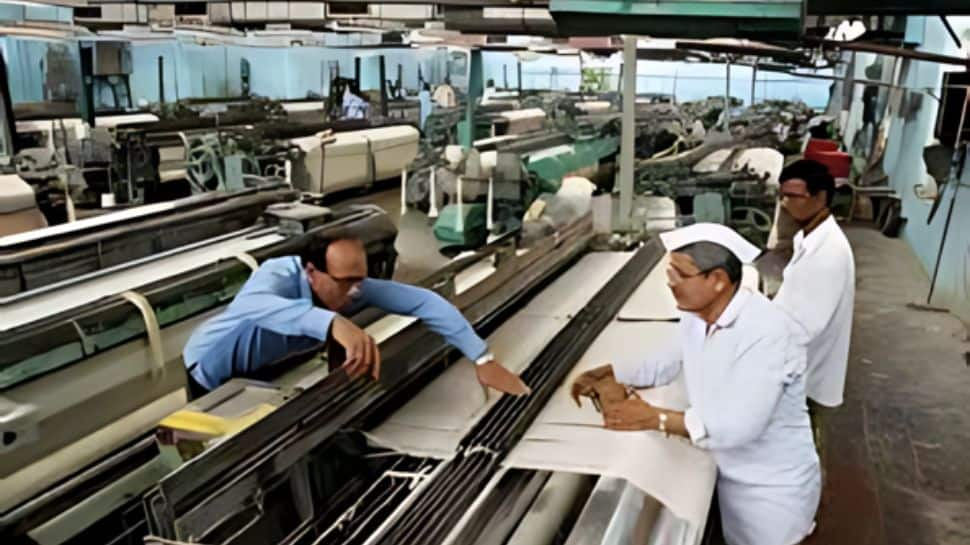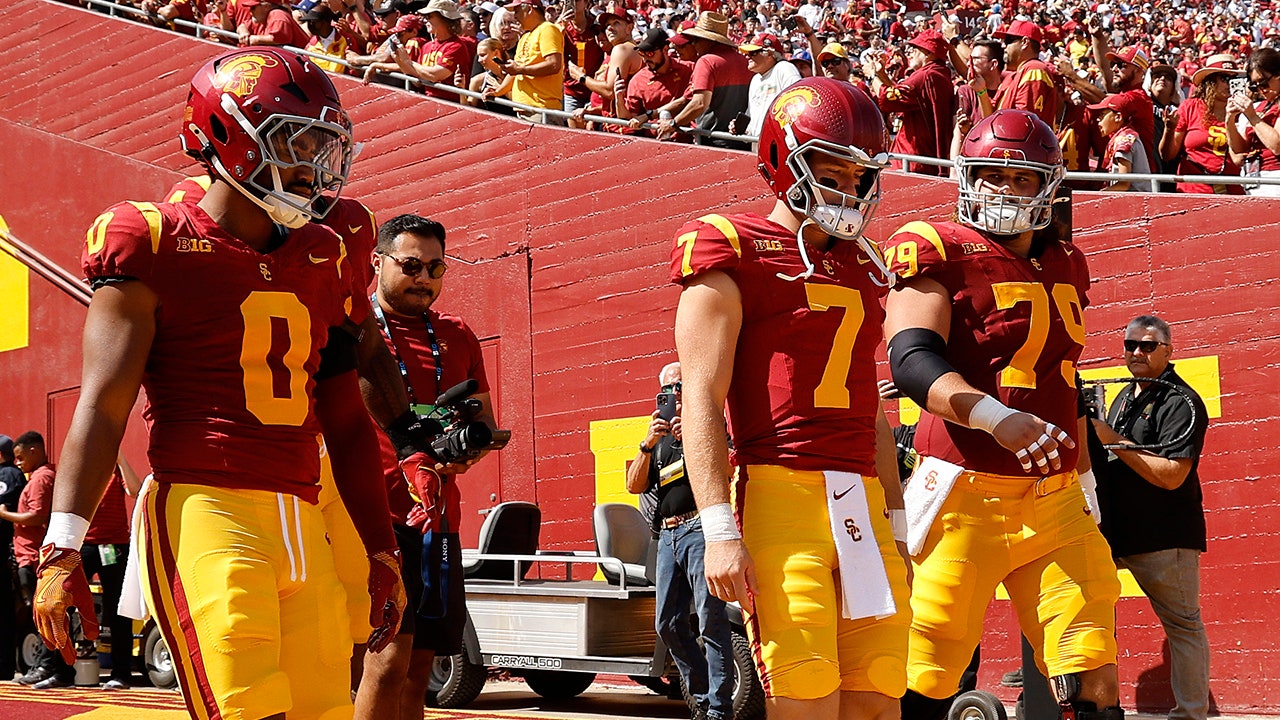If the auto workers strike continues for a couple weeks, it could strain the supply of popular vehicles and quickly drive up car and truck prices.
While it’s still too early to tell how long the strike will last and how many auto plants will be affected, consumers are already concerned about how the work stoppages will affect their ability to buy a new or used vehicle, or repair one they already own.
“Consumers are definitely getting jittery wondering what to do. It’s a nervous time for them, and I don’t know if they realize that the biggest issue will be parts,” Tom Maoli, a Ford dealership owner in New Jersey, told CBS MoneyWatch. “That means tires, breaks, anything you need to change and keep your car running.”
If the strike resolves over the course of the next few days, the effects on dealers and consumers will be minimal, according to experts.
60 days of inventory
The Big Three automakers — Ford, GM, Ford and Stellantis — whose workers are on strike, grew their inventories in August in anticipation of a potential worker strike. They have about 50 to 60 days’ worth of inventory on hand, according to Cox Automotive, a source of auto industry information.
Dealers are also comfortable with the volume of vehicles on their lots, a recent survey measuring dealer sentiment from Cox Automotive found.
This time a year ago, dealerships said inventory issues were the top factor holding back their businesses. This year it ranks much lower. “Today, they are far more concerned about interest rates, the economy overall and vehicle affordability,” Cox Automotive spokesperson Mark Schirmer told CBS MoneyWatch.
“Dealerships have sufficient inventory to meet consumer demand, for the time being,” he added.
Price hikes
Maoli, the Ford dealership owner, said if the strike continues for two weeks, he’ll start to feel the pinch, and would expect to hike prices by up to 20%.
“Inventories on lots of dealerships will start drying up as they get sold and there won’t be enough cars to go around,” he said.
Jessica Caldwell, executive director of insights at Edmunds, a source of automotive information, agrees the key to determining the strike’s effects on vehicle prices will be its duration. If it endures, cars will start selling at or above their list prices, or manufacturer’s suggested retail prices (MSRPs).
“Right now it’s fairly limited, but it his hitting consumers at a time when it’s been tough for a long period of time,” she said. Interest rates are high and prices on used vehicles are up, “so there are not a lot of great options here,” she added.
A month-long strike could cause shortages of some vehicle models, according to Rob Handfield, Bank of America University professor of supply chain management at North Carolina State University. A strike of that length could lead to a roughly 10% increase in prices on vehicles whose production is affected, he estimates.
“If it goes for two months, we probably won’t see any cars on lots,” he said. “Which means dealers will raise prices on the inventory they have.”















































